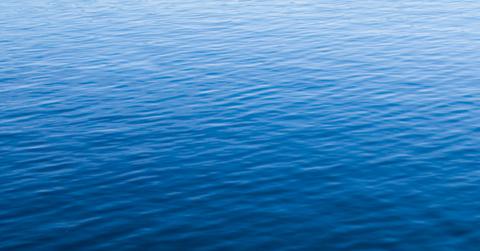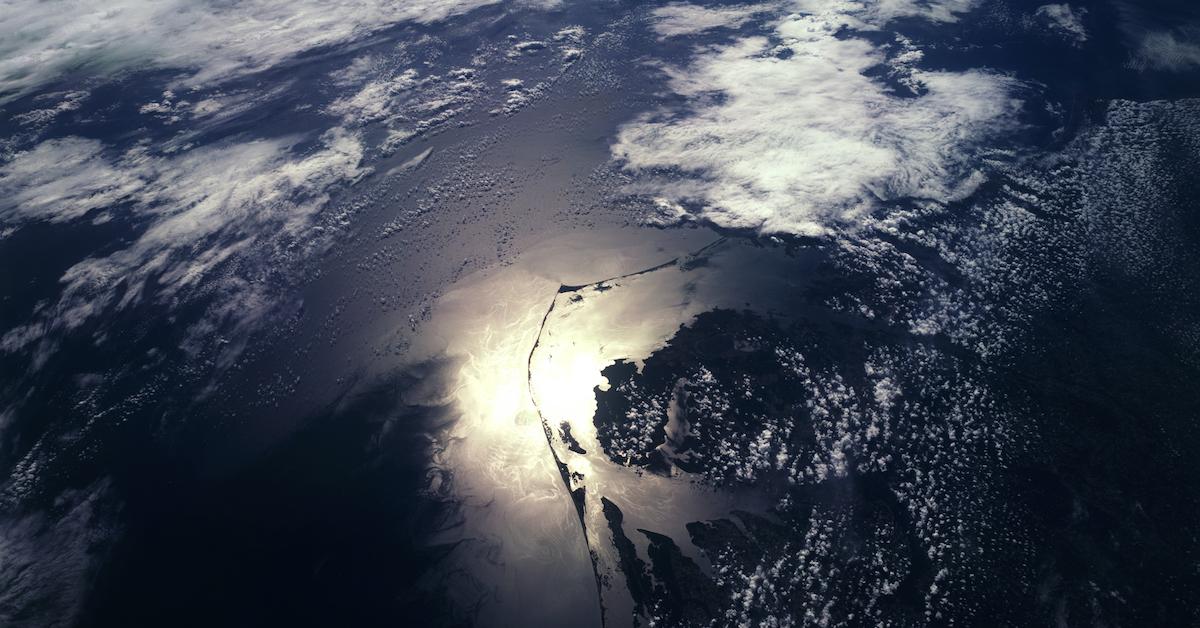Dead Zones Have Been Around for Millions of Years, but Study Shows They're Getting Worse
Published June 4 2021, 11:00 a.m. ET

When you hear the phrase "dead zone" you likely think of a desolate area that's barren of any cellular signals — but there are actually parts of the world called "dead zones" that are much more terrifying. Located in bodies of waters, dead zones occur when oxygen levels drop so low, that marine life is unable to survive. And although dead zones have been around for millions of years, a study conducted by UC Santa Cruz researchers shows they've gotten increasingly worse.
“It is essential to understand whether climate change is pushing the oceans toward a ‘tipping point’ for abrupt and severe hypoxia that would destroy ecosystems, food sources, and economies,” one of the authors of the study, Karla Knudson, said in a statement.
Keep reading for more on this wild (and somewhat petrifying) discovery.

What is a dead zone?
A dead zone, or hypoxia, can take place anywhere — from the deep sea, to the Great Lakes, according to the NOAA. Phytoplankton will bloom, and as the algae sinks and breaks down, waters' oxygen levels will unexpectedly drop to a level that prevents all animal and plant life from surviving. Although mobile animals such as fish are generally able to flee the scene, everything else, from plants to crustaceans, die, and the area effectively becomes a barren deep sea graveyard... spooky.
Since the 1950s, dead zones have nearly quadrupled across the globe, according to Science Alert. The most infamous example of hypoxia had actually taken place in the North Pacific after the last Ice Age, which is generally referred to as the blob. Recently, scientists discovered that dead zones have been a regular occurrence within the last millions of years — especially during significant warming events, like the one we're currently experiencing, and they're worried they could continue to spread.

About the study, which shows dead zones may expand during warming events:
Although it was already known that some serious dead zones too place during the ice age, UCSC's scientists analyzed rock sediment from the Bering Sea, and found that dead zones have regularly occurred in the Pacific Ocean during significant warming events for millions of years. And now, it's believed that more intense bouts of hypoxia are happening more frequently, because both temperatures and sea levels are rising at an alarmingly quick rate.
“Our study shows that high sea levels, which occur during warm interglacial climates, contributed to these hypoxic events,” Knudson said, regarding the study. “During high sea levels, dissolved iron from the flooded continental shelves can be transferred to the open ocean and promote intense phytoplankton growth in the surface waters.”
In addition to being triggered by warming events, hypoxia is also caused by fertilizer runoff. According to Bloomberg, extra nutrients from farm fields washes out and flows into waterways, which causes algae to bloom, and therefore, marine life to die.
Clearly, human activity is largely triggering and exacerbating dead zones and scientists merely hope they don't get worse, bringing us to a "tipping point," killing off food sources and destroying ecosystems on a major and seriously catastrophic scale.